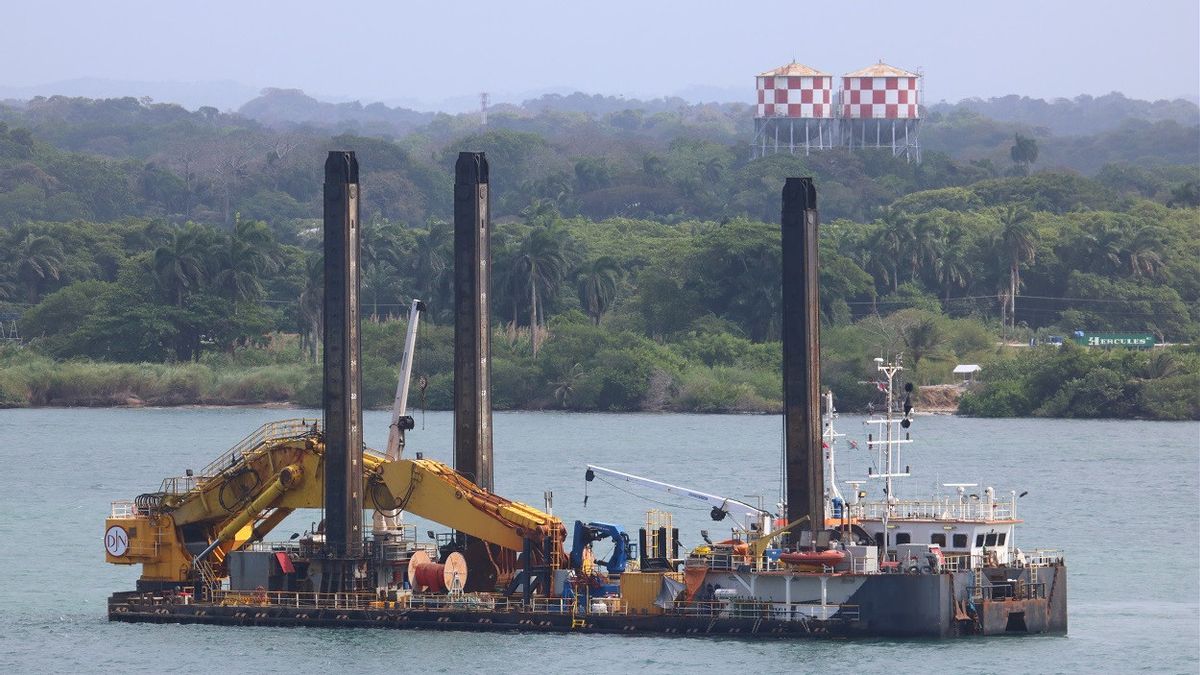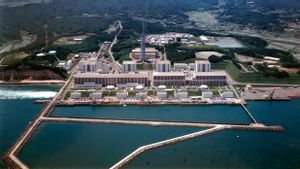JAKARTA - About 6 billion tons of sea sand are dredged annually in practices that the UN agency says are unsustainable and can permanently destroy local marine life.
Sand is the most exploited natural resource in the world after water. However, sand extraction for use in industries such as construction is only loosely regulated, prompting the United Nations to issue a resolution last year to encourage more sustainable mining.
The findings from the United Nations Environment Program (UNEP) coincide with the launch of the 'Marine Sand Watch' platform supported by funding from the Swiss Government, which monitors dredging activity using marine tracking and artificial intelligence.
"The amount of sand we take from the environment is huge and has a huge impact," Pascal Peduzzi of UNEP told a news conference in Geneva.
Pointing to a ship's image that it describes as a "giant dust suctioner", it says such ships "basically sterilize the seabed by extracting sand, destroying all microorganisms that feed the fish".
In some cases, the company moves all the sand to rock, meaning that "life will never recover," added Peduzzi.
Despite globally, 6 billion extracted less than the annual deposited sand by rivers around the world, in some areas, sand extraction exceeds refill rates, UNEP said.
اقرأ أيضا:
The South China Sea, the North Sea and the eastern coast of the United States are some of the most dredging areas, said Arnaud Vander Velpen, a sand industry expert and data analysis from the University of Geneva.
"Meanwhile, China, the Netherlands, the United States and Belgium are some of the most active countries in this sector," he said.
The English, Chinese, Japanese, Arabic, and French versions are automatically generated by the AI. So there may still be inaccuracies in translating, please always see Indonesian as our main language. (system supported by DigitalSiber.id)


















